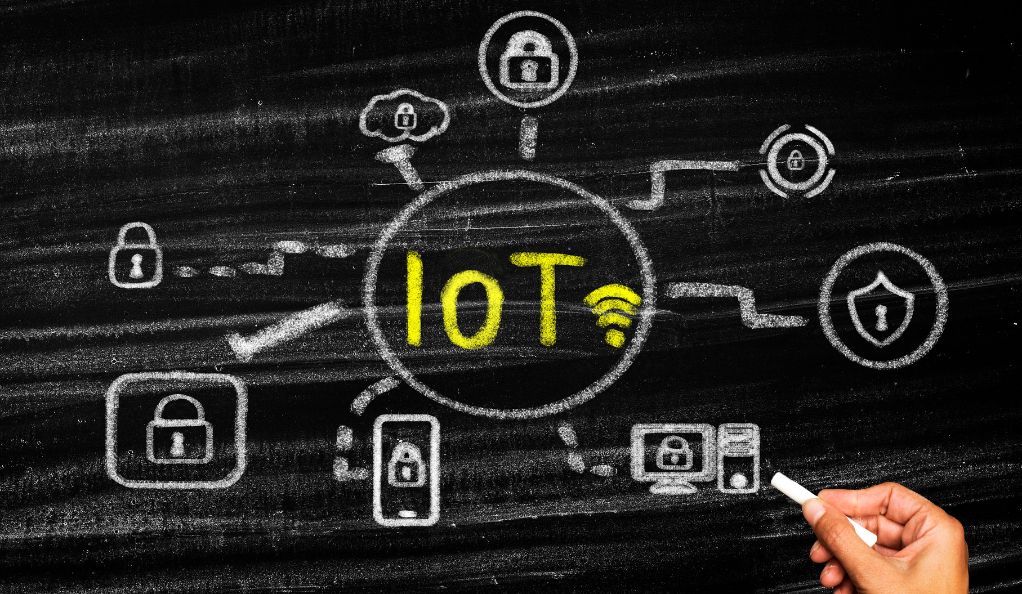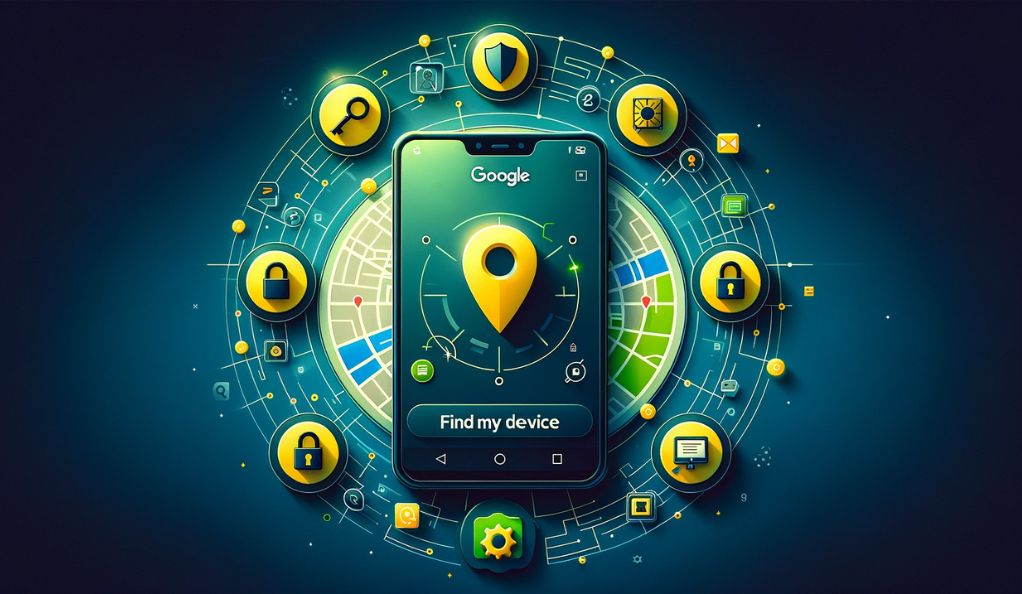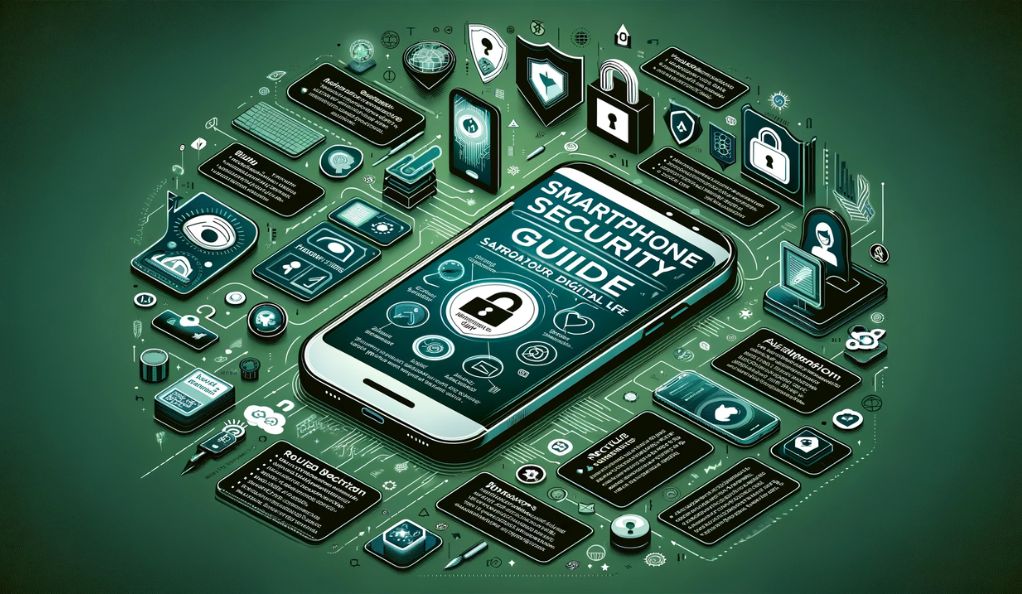The Internet of Things (IoT) represents a transformative shift in the way we interact with technology. It’s not just about computers, smartphones, or tablets anymore; it’s about embedding intelligence into a vast array of devices, from refrigerators to streetlights, making them “smart” and interconnected. This vast network promises to revolutionize industries, enhance convenience, and create a world where devices communicate seamlessly with each other. However, with such rapid and expansive development, there arises a pressing concern: security.
Understanding IoT
IoT refers to the billions of physical devices around the world that are connected to the internet, collecting and sharing data. This adds a level of digital intelligence to devices that would be otherwise dumb, enabling them to communicate without a human being involved, and merging the digital and physical worlds.
| Characteristic | Description |
|---|---|
| Connectivity | Devices and systems can connect and communicate with each other over the internet. |
| Intelligence | Devices can analyze data and take necessary actions without human intervention. |
| Sensing | Devices can gather information from their environment. |
| Expressing | Devices can take physical actions based on data, such as adjusting the temperature or alerting a user. |
However, as the saying goes, “With great power comes great responsibility.” The power of IoT brings along a significant responsibility to ensure that these devices, and the data they handle, are secure. The vastness of this network, combined with its accessibility, makes it a prime target for cyber-attacks. As we stand on the brink of this technological revolution, it’s crucial to understand the security challenges that lie ahead and the solutions that can address them.
The Magnitude of Security Concerns
The proliferation of IoT devices has led to a corresponding increase in security vulnerabilities. Unlike traditional computing devices, which have undergone years of security enhancements and updates, many IoT devices are relatively new to the market and lack the same level of protection.
Comparing IoT with Traditional Devices
To truly grasp the security challenges posed by IoT, it’s essential to compare them with conventional devices like servers, workstations, and smartphones.
| Device Type | Security Features | Vulnerabilities |
|---|---|---|
| Servers | – Firewalls – Regular software updates – Intrusion detection systems | – Targeted by sophisticated hackers – Vulnerable to insider threats |
| Smartphones | – Biometric authentication – Encrypted data storage – Regular OS updates | – Malware from app downloads – Phishing attacks |
| IoT Devices | – Some have basic encryption – Limited user interfaces | – Weak or no authentication – Default credentials – Unencrypted messages |
As evident from the table, while servers and smartphones have multiple layers of security, IoT devices often lag behind. Their limited user interfaces and the rush to market mean that many manufacturers overlook essential security features.
The Challenge of Weak Authentication
One of the most pressing concerns with IoT devices is weak authentication. Many devices come with default credentials, such as “admin/admin,” which users rarely change. This makes them easy targets for hackers. Furthermore, even when users do set passwords, they often choose weak ones, further compounding the problem.
Unencrypted Messages: A Silent Threat
Another significant vulnerability is the transmission of unencrypted messages. While we’ve become accustomed to encrypted communications on platforms like WhatsApp or Signal, many IoT devices send data in plain text. This means that anyone who intercepts the data can read it, leading to potential breaches of privacy and security.
Limitations of IoT Devices

IoT devices, by design, are meant to be compact, energy-efficient, and cost-effective. However, these design principles often come at the expense of security.
Operational Constraints
Many IoT devices operate on limited power sources, such as batteries, and have minimal processing capabilities. This means they can’t support power-intensive operations like advanced encryption or regular software updates. As a result, they remain vulnerable to attacks that more powerful devices can resist.
Inability to Use Basic Security Measures
Due to their constrained resources, many IoT devices can’t run standard security software or firewalls. This leaves them exposed to a wide range of threats, from malware to denial-of-service attacks.
The Challenge of Updates
Regular software updates are a cornerstone of digital security. They patch vulnerabilities and enhance device functionality. However, many IoT devices either don’t receive updates at all or require manual updating, which most users neglect. This leaves devices operating on outdated software, ripe for exploitation.
Emerging Threats: Fault Injection Attacks
As IoT devices become more integrated into our daily lives, they also become attractive targets for cybercriminals. One of the more recent and sophisticated threats is fault injection attacks.
Understanding Fault Injection Attacks
Fault injection attacks involve introducing errors into a device’s operations to exploit vulnerabilities that arise due to those errors. These attacks can be physical, like manipulating the device’s environment or power supply, or logical, like sending malicious commands or data.
Impact of Environmental Noises and Electromagnetic Fields
Environmental factors can unintentionally introduce faults into IoT devices. For instance, electromagnetic fields from nearby devices can interfere with an IoT device’s operations. Cybercriminals can exploit these interferences to induce malfunctions or extract sensitive data.
Countermeasures and Protection
While fault injection attacks are concerning, there are countermeasures in place. Shielding devices from external interferences, using error-correcting codes, and designing robust hardware that can detect and correct faults are some of the methods being employed to combat these threats.
Privacy Concerns and Data Access
The very nature of IoT devices means they have access to vast amounts of data, some of which can be highly personal. This access presents significant privacy concerns.
IoT Devices as Potential “Spies”
With devices like smart speakers, wearables, and security cameras becoming commonplace, there’s a growing concern about the potential misuse of the data they collect. These devices can capture conversations, monitor habits, and even track physical movements. In the wrong hands, this data can be used maliciously.
Ensuring Data Privacy
Manufacturers and developers are working tirelessly to address these concerns. Data anonymization, where personal identifiers are removed from data before it’s stored or transmitted, is one approach. Another is local data processing, where data is analyzed on the device itself rather than being sent to a central server. This minimizes the risk of data breaches and unauthorized access.
Real-world Consequences of IoT Vulnerabilities

The theoretical risks associated with IoT security have real-world implications. From vehicles to medical devices, the impact of compromised IoT systems can be life-threatening.
Vehicle Computer Systems at Risk
Modern vehicles are essentially computers on wheels. They rely on numerous sensors and systems to function safely. A compromised vehicle system can lead to malfunctions, putting passengers at risk.
The Mirai Botnet Incident
One of the most infamous examples of the dangers of insecure IoT devices is the Mirai botnet attack. In 2016, this malware turned a massive number of IoT devices into a botnet, which then conducted one of the largest distributed denial-of-service (DDoS) attacks ever seen. This incident was a wake-up call for the industry, highlighting the urgent need for improved IoT security.
Addressing IoT Security Concerns
As the challenges and threats associated with IoT security become more evident, there’s a growing emphasis on finding effective solutions. Both the private sector and governmental bodies are taking significant steps to ensure a safer IoT ecosystem.
Initiatives like the Internet of Things Security Foundation (IoTSF)
The IoTSF is a collaborative, international effort aimed at addressing the security concerns of the IoT landscape. Comprising tech companies, researchers, and governmental bodies, the foundation focuses on:
- Establishing best practices and guidelines for IoT security.
- Promoting knowledge sharing and collaboration among stakeholders.
- Developing and endorsing security standards for IoT devices and systems.
Governmental Regulations and Standards
Recognizing the potential risks associated with insecure IoT devices, many governments worldwide are introducing regulations and standards. These often mandate:
- Basic security features for all IoT devices, such as the ability to change passwords and secure data storage.
- Regular security updates and patches.
- Clear labeling, informing consumers about the security features of a device.
The Role of Consumers
While industry initiatives and regulations play a crucial role, consumers also have a part in ensuring IoT security. By being informed, choosing secure devices, and regularly updating and maintaining them, consumers can significantly reduce the risks associated with IoT.
Collaborative Defense: The Way Forward
Addressing IoT security isn’t the responsibility of a single entity. It requires collaboration between manufacturers, software developers, governments, and consumers. By working together, we can ensure that the benefits of IoT are realized without compromising security and privacy.
Conclusion
The realm of IoT Device Security is vast and intricate, reflecting the complexities of our interconnected world. As we’ve journeyed through the challenges and solutions associated with securing these devices, it’s evident that the stakes are high. From privacy concerns to real-world vulnerabilities, the security of IoT devices is not just a technical issue but a societal one. However, with the combined efforts of organizations like the IoTSF, governmental regulations, and informed consumers, we are paving the way towards a more secure IoT landscape. As we continue to embrace the conveniences and innovations brought about by the Internet of Things, it’s imperative that security remains at the forefront of our considerations. Only then can we truly harness the potential of IoT while ensuring the safety and privacy of all users.








